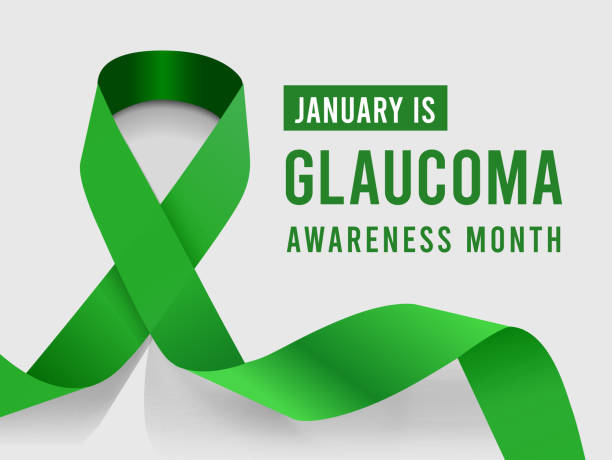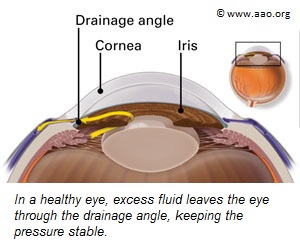Feeling the Pressure
January is the American Academy of Ophthalmology’s Glaucoma Awareness Month.
 Even though at Cornea Associates of Texas we are the cornea gurus, we know the importance of working together with the other specialty groups in Ophthalmology.
Even though at Cornea Associates of Texas we are the cornea gurus, we know the importance of working together with the other specialty groups in Ophthalmology.
Anyone can get glaucoma, but certain groups are at higher risk. African Americans over age 40, all people over age 60, people with a family history of glaucoma, and people who have diabetes. Glaucoma care is so critical when it comes to preserving a patient’s vision. Glaucoma is sometimes known as the “silent thief of sight”.
Glaucoma can potentially cause damage to the optic nerve and in time can cause vision loss or blindness.
The optic nerve transmits sensory input from the photoreceptors of the retina to the brain. The area between the underside of the cornea (the transparent dome shaped front part of the eye) and the front of the iris (the colored part of the eye) is called the anterior chamber. Aqueous humor is a clear fluid that fills the anterior chamber. This fluid nurtures the neighboring tissue by flowing continuously through the mesh work at the angle in the periphery of the anterior chamber where the cornea and iris meet. If the fluid flows too slowly, the anterior chamber can hold onto too much fluid which increases the pressure inside the eye. What happens if the intraocular pressure remains elevated for an extended period? Damage to the optic nerve can occur. If the optic nerve experiences a loss of function, over time loss of vision happens.
 When the aqueous humor (fluid) doesn’t drain properly, we call this “primary open-angle glaucoma” which is the most common type of glaucoma. Envision a clogged sink that is slow to drain. Another type of glaucoma is “closed-angle” or “narrow-angle glaucoma”. We see this type of glaucoma when a patient’s iris is too close to the drainage angle and the iris blocks the drainage angle. Imagine a piece of paper sliding over a sink drain. If the drainage angle becomes completely obstructed the pressure in the eye will elevate very rapidly. This is known as an “acute attack” and requires prompt attention.
When the aqueous humor (fluid) doesn’t drain properly, we call this “primary open-angle glaucoma” which is the most common type of glaucoma. Envision a clogged sink that is slow to drain. Another type of glaucoma is “closed-angle” or “narrow-angle glaucoma”. We see this type of glaucoma when a patient’s iris is too close to the drainage angle and the iris blocks the drainage angle. Imagine a piece of paper sliding over a sink drain. If the drainage angle becomes completely obstructed the pressure in the eye will elevate very rapidly. This is known as an “acute attack” and requires prompt attention.
Symptoms of an acute attack include:
- Sudden blurred vision
- Severe eye pain
- Headache
- Nausea
- Vomiting
- Rainbow-colored rings or halos around lights
While our focus at Cornea Associates is to address cornea diseases, refractive procedures, and cataract complaints, we are aware that without a healthy functioning optic nerve visual outcome maybe poor regardless of a clear lens implant, cornea transplant, or refractive procedure.
Don’t ignore your risk factors.
Members of African Americans over 40, over the age of 60, family history of glaucoma, or diabetes. It is so important to have annual eye checkups and dilated exams for treating and preventing glaucoma.


